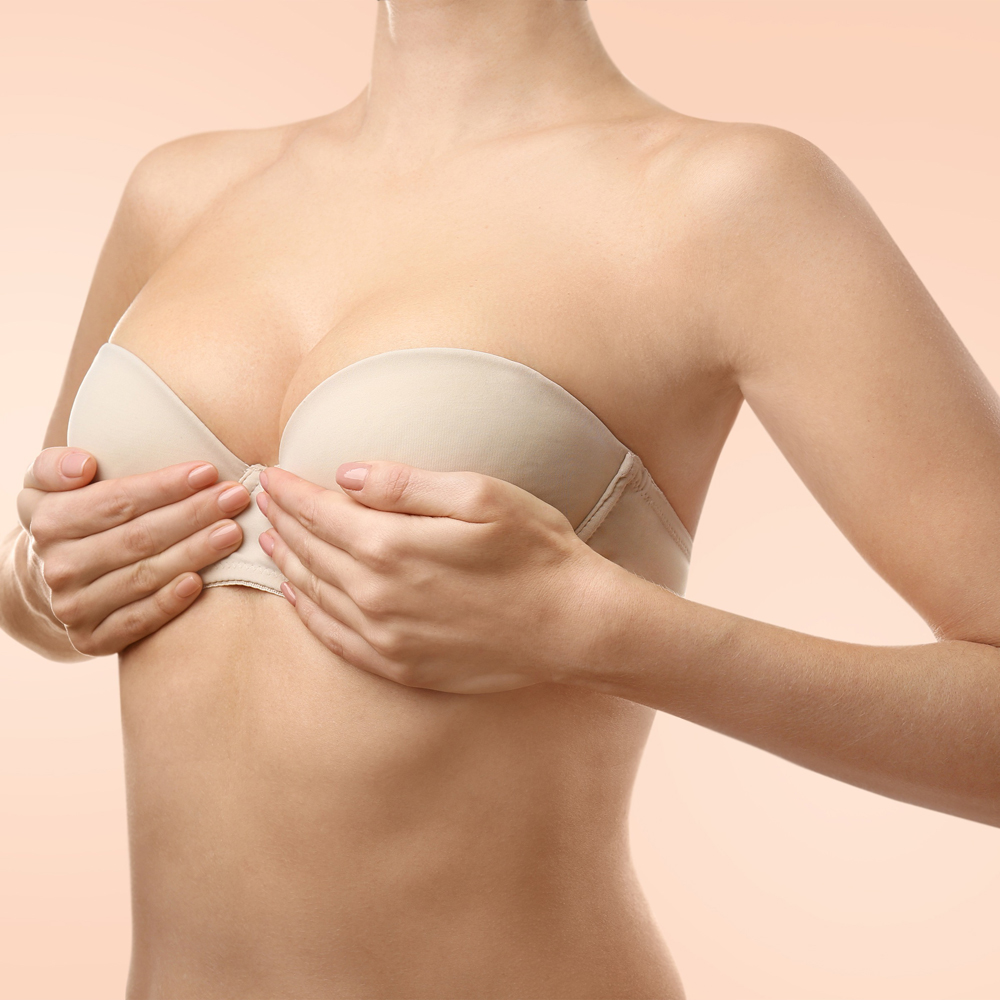Signs of Breast Ptosis: Causes, Symptoms, and Solutions
 As time passes, many women begin to notice changes in the shape, positioning, and firmness of their breasts. One of the most common and natural changes involves breast ptosis, more commonly known as breast sagging. While a normal part of aging, sagging breasts can also affect self-confidence, body image, and comfort. Fortunately, effective solutions are available — including surgical procedures like a breast lift, which is considered the gold standard for correcting breast ptosis.
As time passes, many women begin to notice changes in the shape, positioning, and firmness of their breasts. One of the most common and natural changes involves breast ptosis, more commonly known as breast sagging. While a normal part of aging, sagging breasts can also affect self-confidence, body image, and comfort. Fortunately, effective solutions are available — including surgical procedures like a breast lift, which is considered the gold standard for correcting breast ptosis.
Below, Santa Barbara plastic surgeon Wesley Schooler, MD explores common signs of breast ptosis, potential causes, and the most effective options for restoring youthful, perky breasts.
What is Breast Ptosis?
Breast ptosis is the medical term for sagging breasts. It occurs when the breast tissue and skin lose their elasticity and the breast begins to drop on the chest wall. Ptosis can range from mild to severe, depending on the position of the nipple relative to the inframammary fold (the crease under the breast).
Grades of Breast Ptosis
Plastic surgeons typically classify breast ptosis into three main categories:
- Grade I (Mild): The nipple is at the level of the inframammary fold.
- Grade II (Moderate): The nipple is below the fold but still above the lower contour of the breast.
- Grade III (Severe): The nipple is significantly below the fold and points downward.
Signs and Symptoms of Breast Ptosis
Recognizing the signs of breast ptosis can help you determine when it may be time to consider corrective measures. The most common signs of breast ptosis include:
- Downward-pointing nipples
- Nipples falling below the breast crease
- Loss of upper breast fullness
- Flattened or elongated breast shape
- Loose, stretched skin
- Skin irritation or chafing under the breasts
- Difficulty finding well-fitting bras
Causes of Breast Ptosis
Breast ptosis is a part of the natural aging process, but rarely caused by a single factor. Usually, it’s a combination of several external and internal forces. Some of the most common causes include:
- Aging: As you age, the skin and ligaments that support your breasts naturally lose collagen and elasticity.
- Pregnancy and Breastfeeding: The breasts expand and contract significantly during pregnancy and nursing, which stretches the skin and tissues.
- Weight Fluctuations: Gaining and losing weight can stretch the skin and lead to loss of volume, which can both contribute to sagging.
- Genetics: Your skin quality, breast size, and natural elasticity are often inherited traits that influence your likelihood of developing ptosis.
- Smoking: Smoking breaks down elastin in the skin, accelerating the loss of firmness and elasticity.
- Large, Heavy Breasts: Larger breasts are more susceptible to the pull of gravity, leading to faster and more pronounced sagging.
While some non-surgical methods like a supportive bra or losing weight may temporarily improve the appearance of the breasts or strengthen the pectoral muscles beneath them, none can significantly reverse true breast ptosis — especially when sagging is moderate to severe.
Solutions: Breast Lift Surgery
The most effective and reliable way to correct sagging breasts is through breast lift surgery, also known as mastopexy. A breast lift is a surgical procedure designed to raise and reshape sagging breasts by removing excess skin, tightening the surrounding tissue, and repositioning the nipples to a more youthful positioning. In some cases, it can be combined with breast implants during breast augmentation to restore lost volume.
Whether alone or performed in combination with other treatments, a breast lift can:
- Elevate the breasts to a youthful position
- Reposition the nipples and areolas
- Restore firmness and contour
- Improve breast symmetry
- Boost self-confidence and comfort in clothing
Breast ptosis is a natural and common occurrence, but that doesn’t mean you have to live with sagging breasts if they affect your confidence or comfort. While non-surgical methods may offer minor aesthetic benefits, breast lift surgery remains the most effective and lasting solution for restoring a youthful, lifted contour.
If you have any questions about a breast lift, please contact Dr. Schooler at our Santa Barbara practice today.

